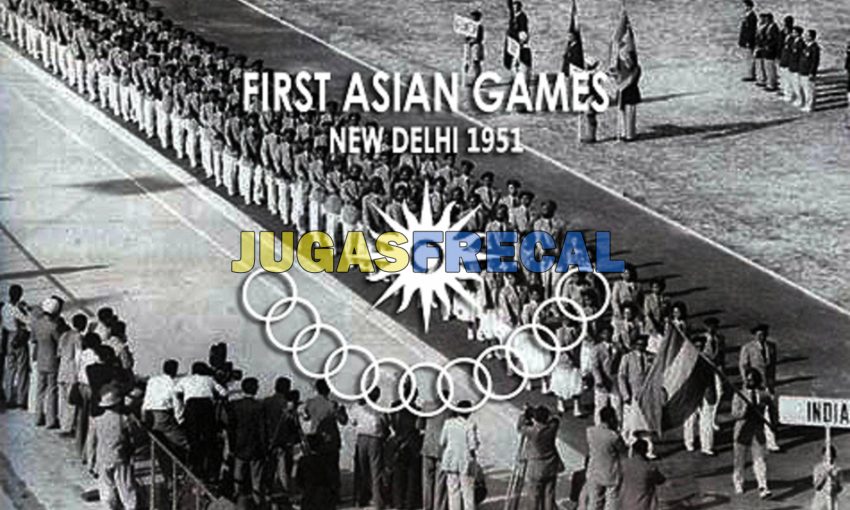The Asian Games, also known as Asiad, is a multi-sport event that gathers athletes from countries across Asia to compete in a wide range of sports. This event not only showcases the athletic prowess of the participants but also celebrates the unity and diversity of the Asian continent. The history and development of the Asians Games provide insight into the evolution of this remarkable sporting event.
Origins and Inception of Asian Games:
The idea of an international sporting event for Asian countries was first proposed Dutt Sondhi, an Indian National Olympic Committee member, during the 1948 London Olympics. The concept was initially met with enthusiasm, and in 1949, during the 9th Asian Games Federation meeting in New Delhi, the establishment of the Asians Games was formally agre upon. Consequently, the first Asians Games were schedul to be jolf in New Delhi, India, in 1950.
The First Asian Games – New Delhi 1951:
The inaugural Asian Games took place from March 4 to March 11, 1951. Eleven nations participated in six sports: athletics, basketball, cycling, football, swimming, and weightlifting. India emerged as the host and champion of the event, setting the tone for future editions. The games showcased the talent and potential of Asians athlete, fostering a spirit of cooperation and friendly competition.
Evolution and Expansion:
Subsequent editions of the Asian Games witnessed a growth in both the number of participating nations and the variety of sports. The games evolved to include disciplines like badminton, boxing, gymnastics, hockey, and more. This expansion reflected the diversity of sports cultures across Asia and provided athletes with opportunities to excel in their respective fields.
Geopolitical Changes and Impact:
The Asian Games have not been immune to geopolitical shifts and challenges. The 1962 Asians Games, schedule to be hold in Jakarta, Indonesia, were canceled due to the political tensions surrounding the Indonesia-Malaysia conflict. Additionally, the 1970 and 1986 editions were impact by boycotts relate to political issues in the region. However, these instances highlight the interconnectedness of sports and politics in the Asians Games’ history.
Technological Advancements and Organizational Improvements:
As the years progressed, advancements in technology played a significant role in enhancing the Asian Games’ experience. Improved broadcasting capabilities allow for wider coverage, making the games accessible to millions across the continent and beyond. Organizational aspects, such as infrastructure development, transportation systems, and accommodation facilities. Underwent substantial improvements to cater to the growing number of participants and spectators.
Host Cities and Legacy:
The Asian Games have been hosted by various cities across Asia, leaving behind legacies of improved sports infrastructure and facilities. Host cities have often used the games as a platform to boost tourism, showcase cultural heritage, and strengthen international ties. The games have brought attention to lesser-known cities, boosting their global recognition.
Asian Games Today:
As of my last knowledge update in September 2021, the Asian Game continue to be a prominent sporting event that unites Asians nations in the spirit of competition and camaraderie. The event has grown to include a diverse range of sports and has contributed significantly to the development of sportsmanship, cultural exchange, and cooperation across the continent.
Conclusion:
The history and development of the Asian Games reflect not only the progress of sports. In Asia but also the growth of unity and collaboration among nations. From its humble beginnings in 1951, the Asians Games have evolved into a grand celebration of athleticism. Cultural exchange, and international friendship, contributing to the advancement of sports on the global stage.

